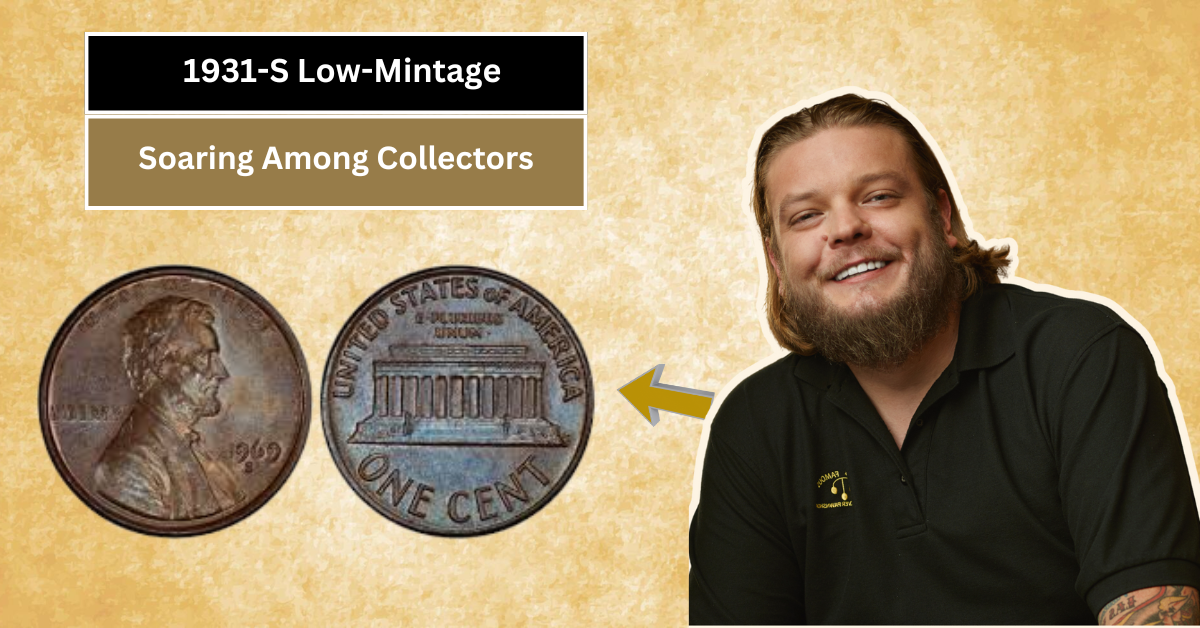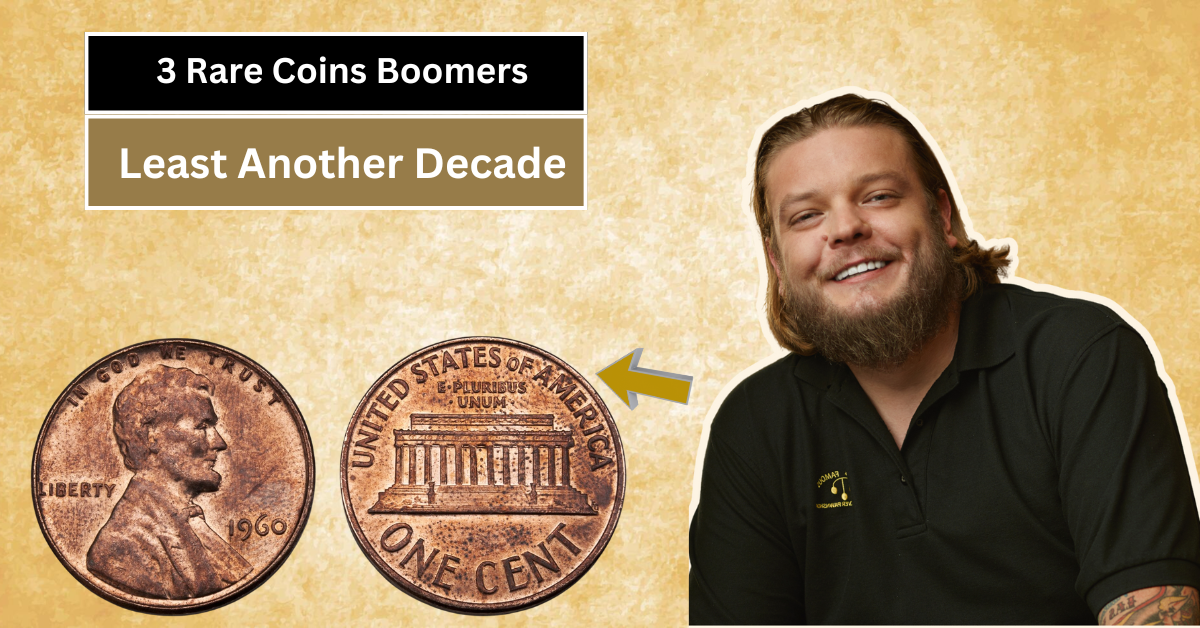
The 1982 penny is more than just a small coin; it marks a unique moment in history when the metal used to make pennies changed dramatically. This simple change made a big impact on the coin industry and caught the attention of collectors worldwide. For younger readers and coin enthusiasts in India, understanding this penny’s story offers insight into how tiny details hold great value.
In this article, we will explore why the 1982 penny stands out, how its metal composition shifted, and what makes it a favorite among collectors. This coin teaches us that even everyday objects like pocket change can have fascinating secrets and historical importance.
The Background of the 1982 Penny
This Article Includes
- 1 The Background of the 1982 Penny
- 2 Why Did the Metal Change Happen?
- 3 The Two Types of 1982 Pennies
- 4 How to Identify a Copper or Zinc 1982 Penny
- 5 Why Collectors Care About the 1982 Penny
- 6 How the 1982 Penny Influenced Coin Production Worldwide
- 7 Where to Find 1982 Pennies in India
- 8 Conclusion: What the 1982 Penny Teaches Us
Before 1982, the American penny was made mostly of copper. However, rising copper prices led to concerns about making pennies too expensive to produce. In response, the U.S. Mint decided to change the metal composition. This choice affected coins starting in 1982, turning the penny into a symbol of change in the world of currency.
The 1982 penny is special because it is one of the only years when pennies were made with two different metal compositions: mostly copper and mostly zinc. This transition created interesting varieties that collectors now seek eagerly.
Why Did the Metal Change Happen?
Copper prices soared in the late 1970s and early 1980s, making it costly to produce pennies from 95% copper. The U.S. Mint needed a cheaper option but still wanted the penny to look and feel similar. They switched to zinc, a much cheaper metal, coated with a thin layer of copper to keep the familiar color.
This change helped save millions of dollars every year on penny production. However, it also created a unique challenge because pennies were produced with either mostly copper or mostly zinc that year. This split in metal content created the possibility for rare coins that collectors value highly.
The Two Types of 1982 Pennies
In 1982, two different kinds of pennies were minted. Some were still made with 95% copper and 5% zinc, just like before. Others were mostly zinc, with only a thin copper coating. Most people wouldn’t notice the difference, but the metal change is clear to collectors and scientists who study coins.
Because both types were made in the same year, 1982 pennies are among the few dates that can have either metal type. This variety makes the 1982 penny a fascinating puzzle for collectors trying to find and identify both versions.
How to Identify a Copper or Zinc 1982 Penny
There are simple ways to tell if a 1982 penny is copper or zinc. One common method is weighing the coin. Copper pennies weigh about 3.1 grams, while zinc pennies weigh around 2.5 grams. Some collectors also check the edges and color under special light, but weight is a reliable and easy test.
Another tip is to look closely for any signs of the copper layer wearing off on zinc pennies, which might show the grey metal beneath. This kind of detail can help collectors understand what type of penny they have and its potential value.
Why Collectors Care About the 1982 Penny
Collectors value the 1982 penny because it is a physical symbol of change in coin history. The mix of metals in one single year creates a challenge to find and collect all versions. Those who collect coins often see the 1982 penny as a must-have item due to its rarity and story.
This penny reminds collectors that even small changes in metal can create lasting effects. For younger coin enthusiasts, finding a 1982 copper or zinc penny can be exciting, marking the start of a deeper interest in coins and history.
How the 1982 Penny Influenced Coin Production Worldwide
The success of the metal change in the 1982 penny showed other countries that cheaper metals could be used without losing the look or feeling of coins. Many mints around the world have since adopted similar strategies to reduce costs. This makes the 1982 penny a global example of innovation in money-making.
For Indian readers, understanding this shift connects to how modern coins are made today. India, like many countries, uses a mix of metals carefully chosen to balance cost and durability, a lesson highlighted by the 1982 penny’s story.
Where to Find 1982 Pennies in India
While the 1982 penny is an American coin, collectors and hobbyists in India can find these pennies through online marketplaces, coin fairs, or by trading with international collectors. Starting to collect foreign coins, such as the 1982 penny, is a great way for young readers to learn about history, geography, and economics.
Collectors recommend beginning with examining your own change or visiting coin shops to explore different coins. The 1982 penny’s story encourages curiosity about the hidden stories behind everyday objects.
Conclusion: What the 1982 Penny Teaches Us
The 1982 penny is more than just small change. It represents a key moment when metal costs shaped the money we use. Its dual metal composition makes it a fascinating collectible, sparking interest in coins among people of all ages worldwide.
For the young and curious, this penny shows how even minor details in everyday objects can tell big stories. Collecting coins like the 1982 penny encourages learning about history, economics, and innovation in a fun and engaging way.



































